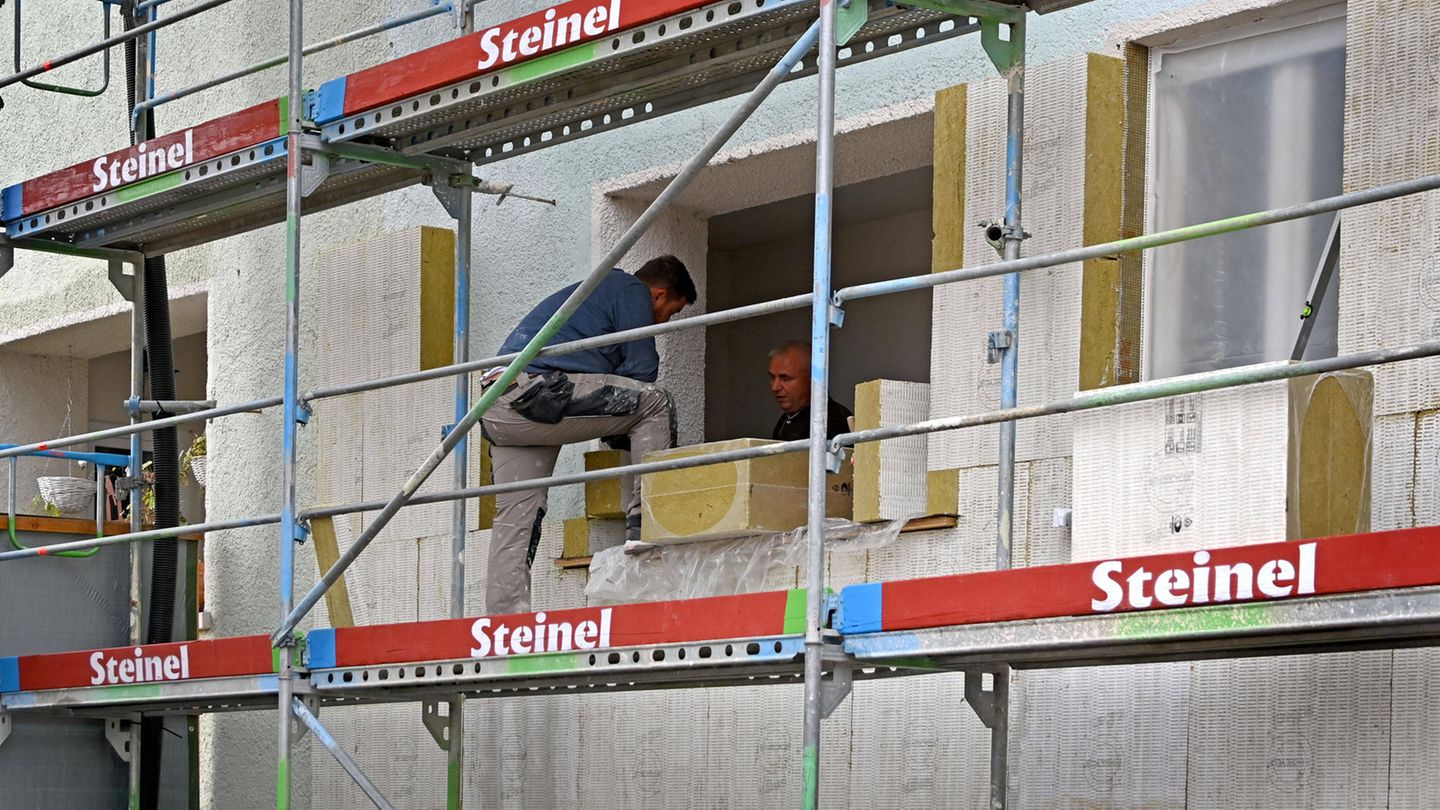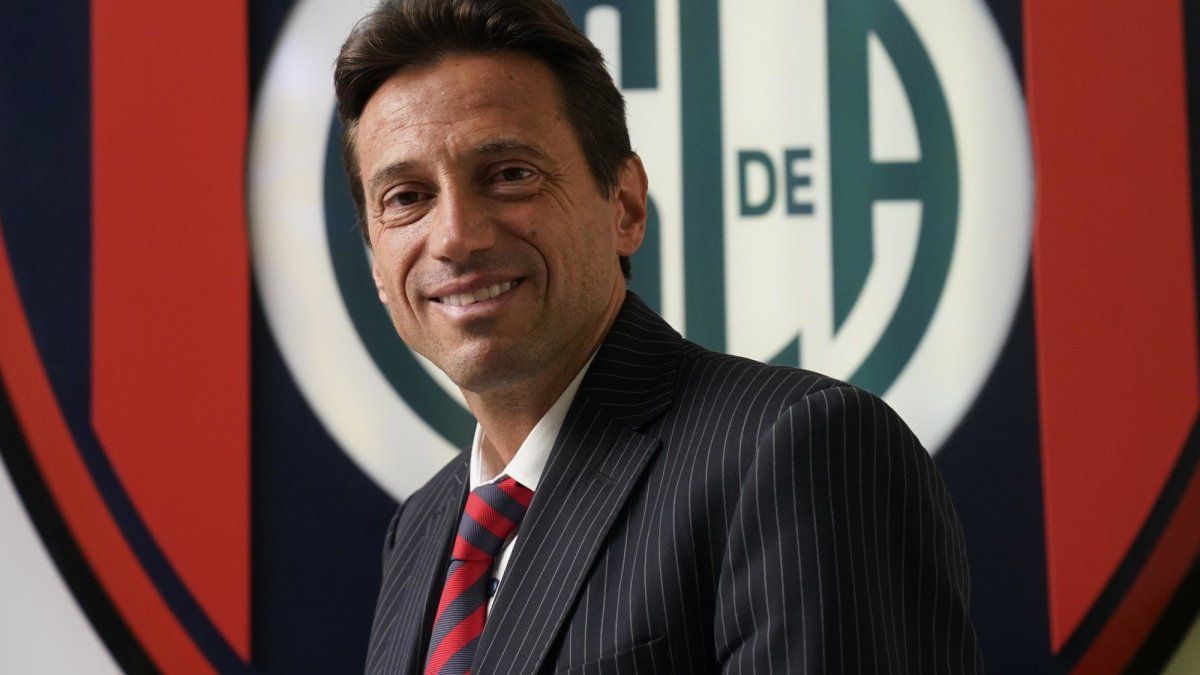Energy prices in Germany are high. Anyone who lives in their own home has the power to reduce heating costs. Facade insulation is a big lever, they say.
The topic of facade insulation sometimes excites the minds of investors, house builders and property buyers. The insulated building doesn’t get any nicer, but the insulation sometimes costs a lot of money. And what is really the point of insulating old walls? For Tim Wolf, insulation is not a question of if, but of how. “We humans also go out in the winter with a thicker jacket so that our bodies don’t get cold.” Wolf is the founder and managing director of the young Berlin company “We Insulate Your House”. He makes his money by getting property owners to invest in insulation.
But he is far from alone with his opinion. Experts from the energy and real estate sectors have been campaigning for more insulation for some time, and the state is also supporting renovation projects. There are now even certain insulation requirements for new buildings and when changing facades.

This is original Capital branded content. This article is available for ten days on stern.de. You will then find it again exclusively on capital.de. Capital belongs like that star to RTL Germany.
Wolf sees a particular need for action in the classic single-family home. “There is simply a lot of outside space through which heat is lost or heat comes in, compared to, for example, an apartment building,” says the insulation expert. Owners of properties built before 1978 are particularly affected. It was not until November 1977 that the first thermal insulation regulations came into force. “Before the regulation, only a few people were interested in insulation, also because heating was so cheap,” says Wolf. According to consumer advice centers, around a third of the heat in such old, unrenovated houses is lost through the outside walls.
Obligations for homeowners
Today things are different. For example, anyone who makes structural changes to the outside wall of their own property is obliged by the Building Energy Act (GEG) to check the insulation. If the so-called is below the legal standard, property owners have to make improvements. Consumer advice centers also recommend insulating the facade if it needs to be rebuilt anyway. Then the additional renovation costs are significantly reduced. Which published.
By the way, some homeowners find it quite easy to insulate their facades. Because if you own a property with double-shell masonry, you can simply make improvements. Double-shell means that the house is surrounded by two walls, which is often the case with clinker brick facades. There is usually just air in between. “This construction method is particularly widespread in old northern German houses,” says Wolf. The air insulates quite well, but it is even better if there is insulating material instead of air. For example, small holes in the facade can be retrofitted with so-called blown-in insulation. A machine blows in the insulation material in the form of flakes or granules – without the entire facade having to be opened or redone.
Since 2016, there has also been a further requirement for existing buildings that concerns ceilings and roofs. The law states that all upper floor ceilings must be insulated if the roof is not already insulated and the minimum thermal insulation is not met. That makes sense, after all, heat rises, so the roof is often a weak point. Wolf and his team often receive orders like this – after all, insulating the top floor, i.e. the attic, is particularly easy, he says. Here too, property owners can resort to blown-in insulation. The surface doesn’t even have to be flat. The attic can then no longer be accessed. “If you don’t want to miss out on storage space, you can also add a second floor above the insulation,” says Wolf. Prices start at 25 euros per square meter, so for an 80 square meter attic the cost is at least 2000 euros.
But how much can you really save with these measures? It always depends on the individual building and its construction and condition. Ultimately, it can take years before extensive measures become financially viable. However, there are some general values: According to Wolf and other experts, insulating the attic, flat or pitched roof can save between 10 and 20 percent of the energy requirement. If you insulate the basement ceiling, you can expect the same thing on top. The greatest impact is on the facade, with 20 to 35 percent less heating energy. And: “With cost-effective blown-in insulation, the investment can pay off in just five to seven years,” says Wolf.
Homeowners who want to insulate can claim 20 percent of the costs back over three years via their tax return. People who are planning a comprehensive renovation of their property should have a renovation plan drawn up together with an energy consultant. The exact funding level depends on the measures. The money is given directly for this.
Source: Stern




